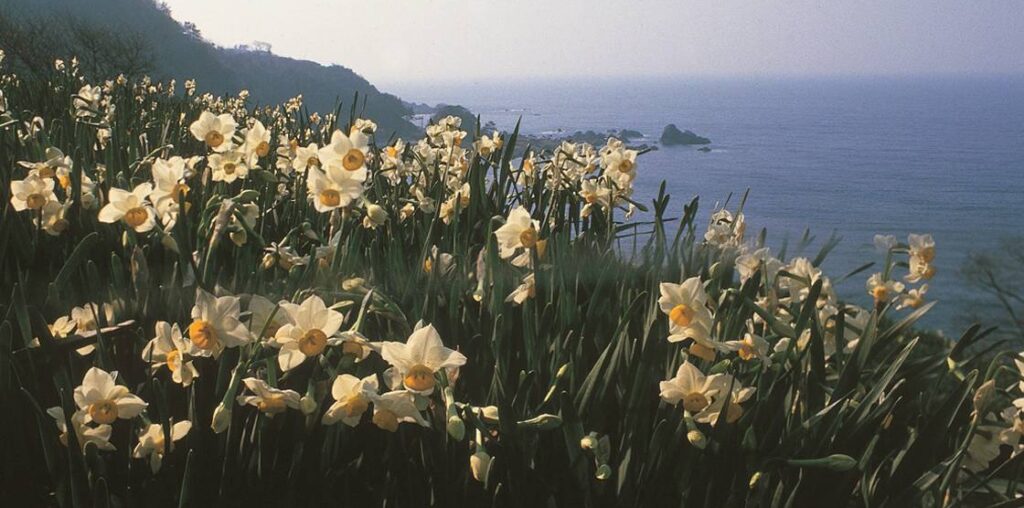Encompassing a large section of central Japan, the combined Chubu and Hokuriku regions stretch from the Sea of Japan to the Pacific Ocean. Together, these two regions are known for breathtaking scenery and a thriving craft culture. They are home to austere mountain landscapes and iconic peaks, including Mt. Fuji. The Chubu and Hokuriku areas are a major center of industry and are responsible for the production of many traditional goods. The regions pride themselves on their handicrafts and cultural legacy, resulting in many opportunities for visitors to take part in many of these crafts themselves. In this article we’ll introduce some of the many things you can do in the colorful Chubu region.
Tezutsu Hanabi (Hand-held Fireworks)
Firework festivals in Aichi Prefecture’s city of Toyohashi are unlike others across Japan. Instead of firing bursts of color into the sky, Toyohashi boasts a special type of firework known as tezutsu hanabi. These large cylinders of bamboo are packed with gunpowder and spew a pillar of fire high into the air.
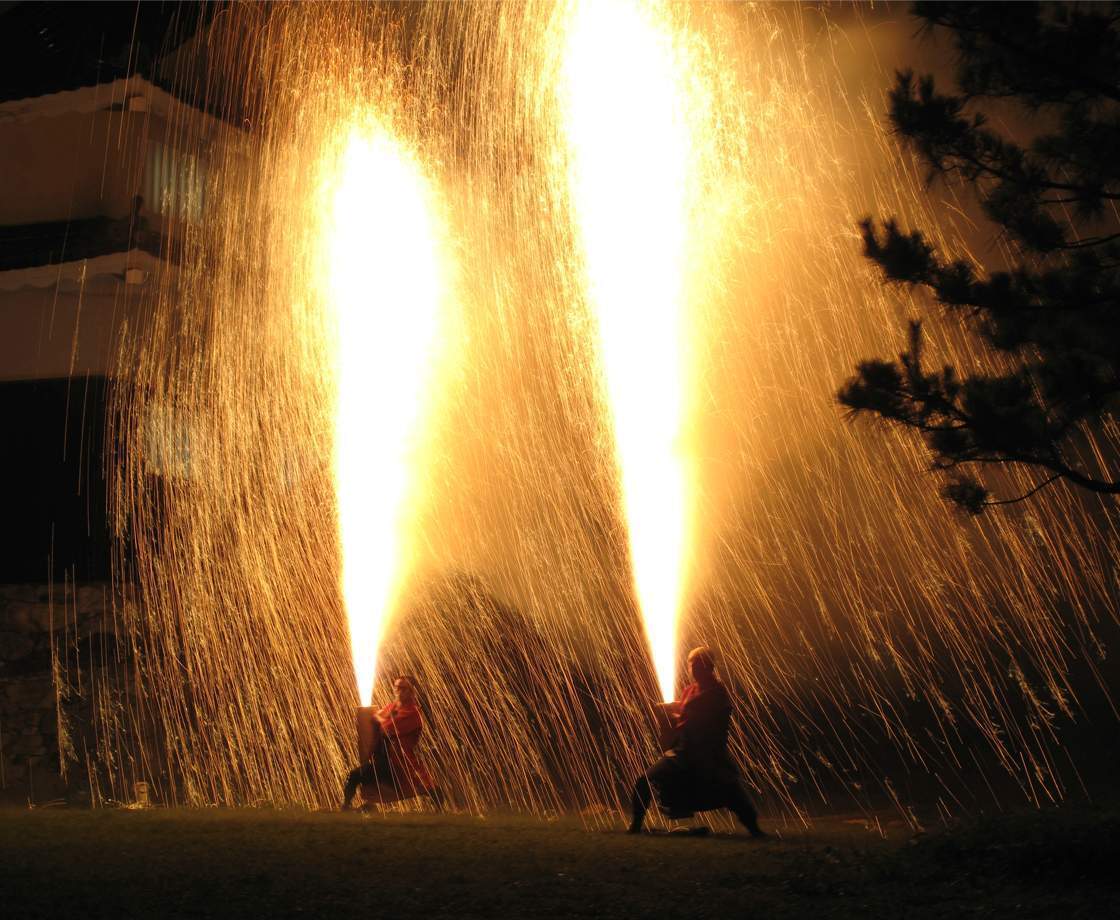
The hollow bamboo cylinders are 80 centimeters long, with a diameter of 10 centimeters. Performers light the bamboo cylinders before lifting and holding them against their sides. A pillar of fireworks erupts upwards from the cylinders like a giant sparkler, reaching heights of up to 10 meters. Showers of sparks rain down on the performers, who are silhouetted in the bright lights until the gunpowder burns down. Then, in a final, flashy finish, a burst of sparks shoots out from the bottom of the cylinder with a loud bang.
This unique type of firework is believed to have evolved from signal fires. Historical records report tezutsu hanabi originated at Yoshida Shrine, which still stands in Toyohashi today. The popularity of tezutsu hanabi likely grew during the Edo period (1603-1867), when the production of gunpowder was restricted to Mikawa Province (which included Toyohashi) by the Tokugawa shogunate, making it easier to experiment with its uses. Today, tezutsu hanabi appear across Toyahashi in numerous festivals and rituals for health and prosperity, including the annual Fire Festival, in which over 100 tezutsu hanabi are lit in a fantastic and blazing display.
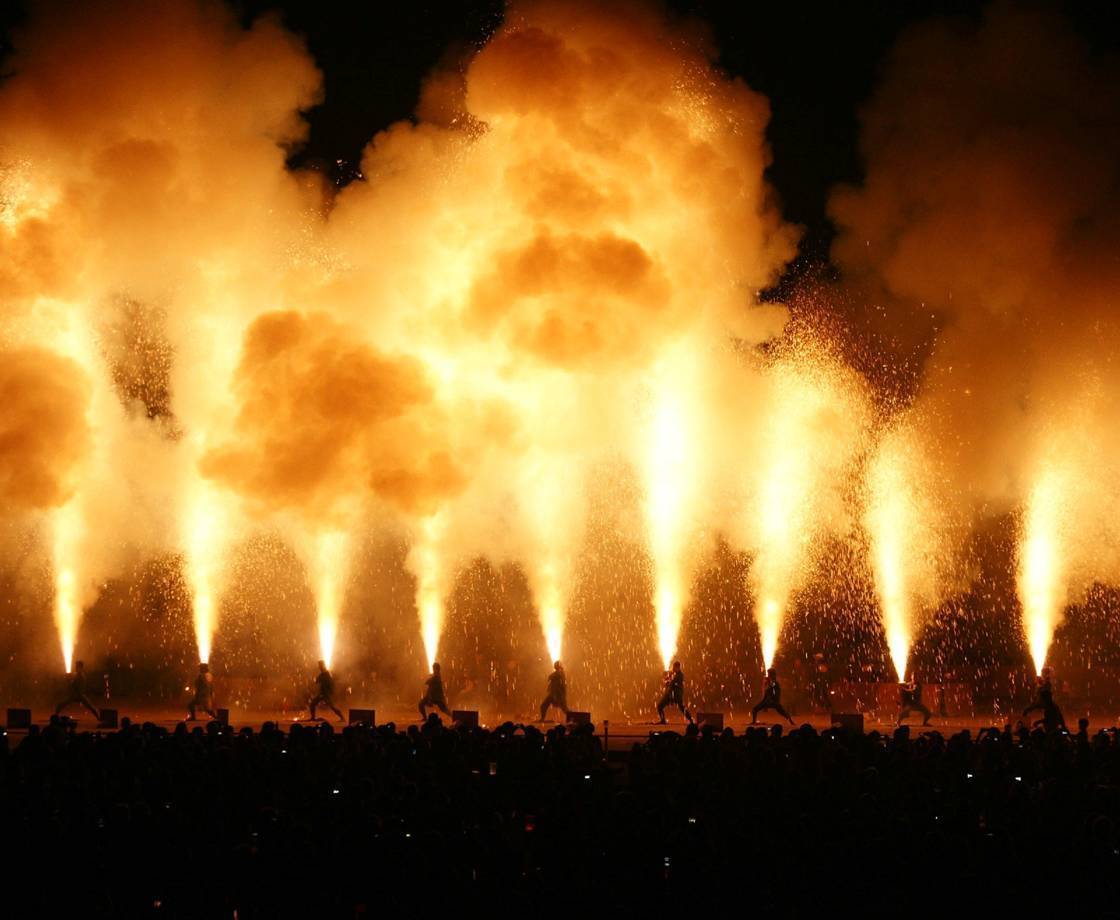
Food Models in Gifu Prefecture
There are more than a few fans of the Japanese art of food models – ultrarealistic sculptures of food that line restaurant windows to advertise a shop’s menu and entice hungry passersby. These popular models have been actively produced in Gifu Prefecture city of Gujo for 70 years, when Iwasaki Takizo (1895-1965) accidentally dropped candle wax into a puddle and noticed that the hardened wax looked incredibly similar to a plum blossom. An inspired Iwasaki spent months working with wax until he finally succeeded in making a true-to-life model of an omelet. Thus, Japan’s booming industry of food models was born, and today, lifelike plastic models line display cases in restaurants internationally.
Gujo remains the center of the food model industry and is the largest producer in Japan. The city celebrates this legacy by offering make-your-own food model workshops to the public. Visit Sample Village Iwasaki (operated by Iwasaki’s company, Iwasaki Mokei), where you can make your own model of a variety of different foods. You can make your own traditional-style model, or you can make a keychain or magnet. From giant pizzas and arrays of sushi to towering ice cream cones and coffee threatening to spill from its cup, the unique food models at Sample Village Iwasaki make for a fun souvenir.
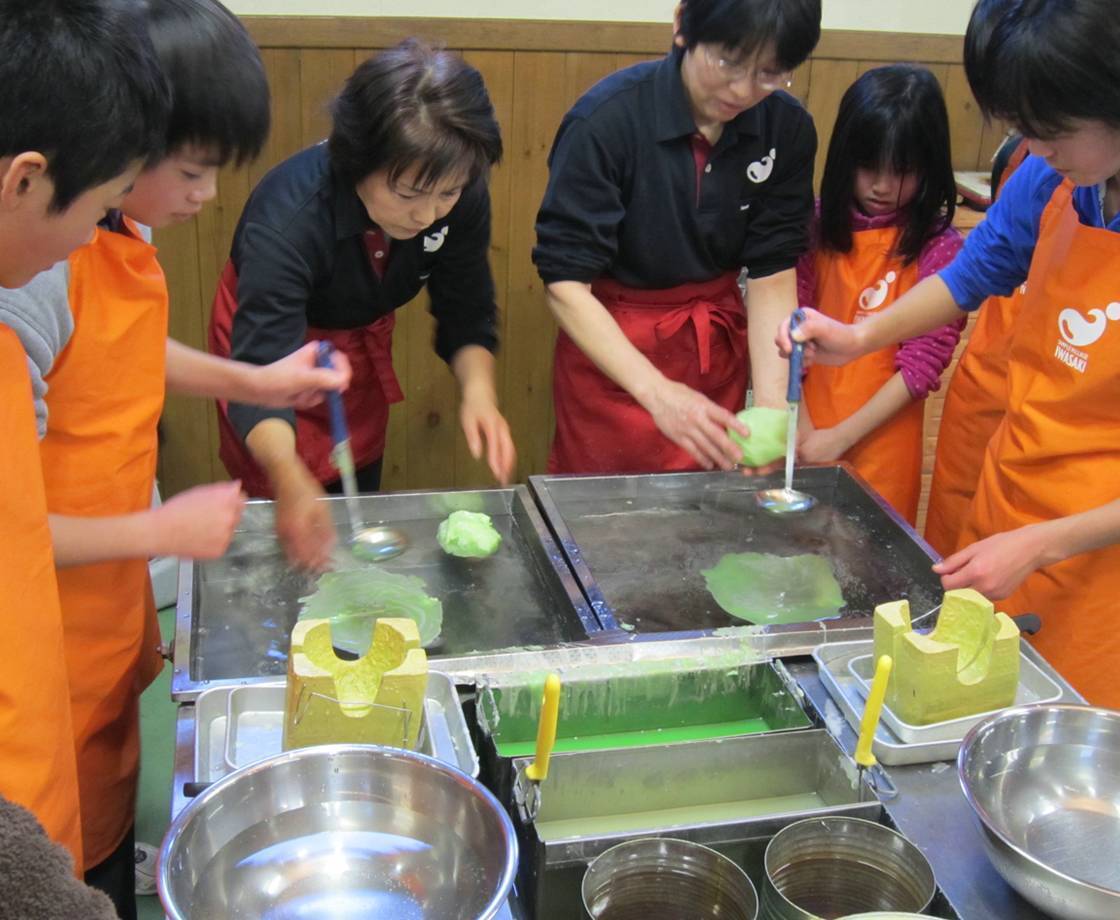
Ceramics
Art enthusiasts are likely to be familiar with Japan’s Six Ancient Kilns, a group of some of Japan’s oldest and most distinguished ceramic kilns. Throughout their long history, these kilns have continued production uninterrupted into the present day. Of the six designated ceramics, three types – Seto ware, Echizen ware, and Tokoname ware – originate in the Chubu region. Be sure to check out museums or buy some pieces to take home from the many shops in the region!
Seto Ware
Hailing from the city of Seto in Aichi Prefecture, Seto ware got its start during the Heian period (794-1185). During the medieval period, it was the only type of ceramic that used glaze within Japan. Blessed with an abundance of exceptional natural materials to work with, Seto ceramicists also began producing porcelain during the second half of the Edo period (1603-1867), and today, Seto ware is known for its wide variety of designs.
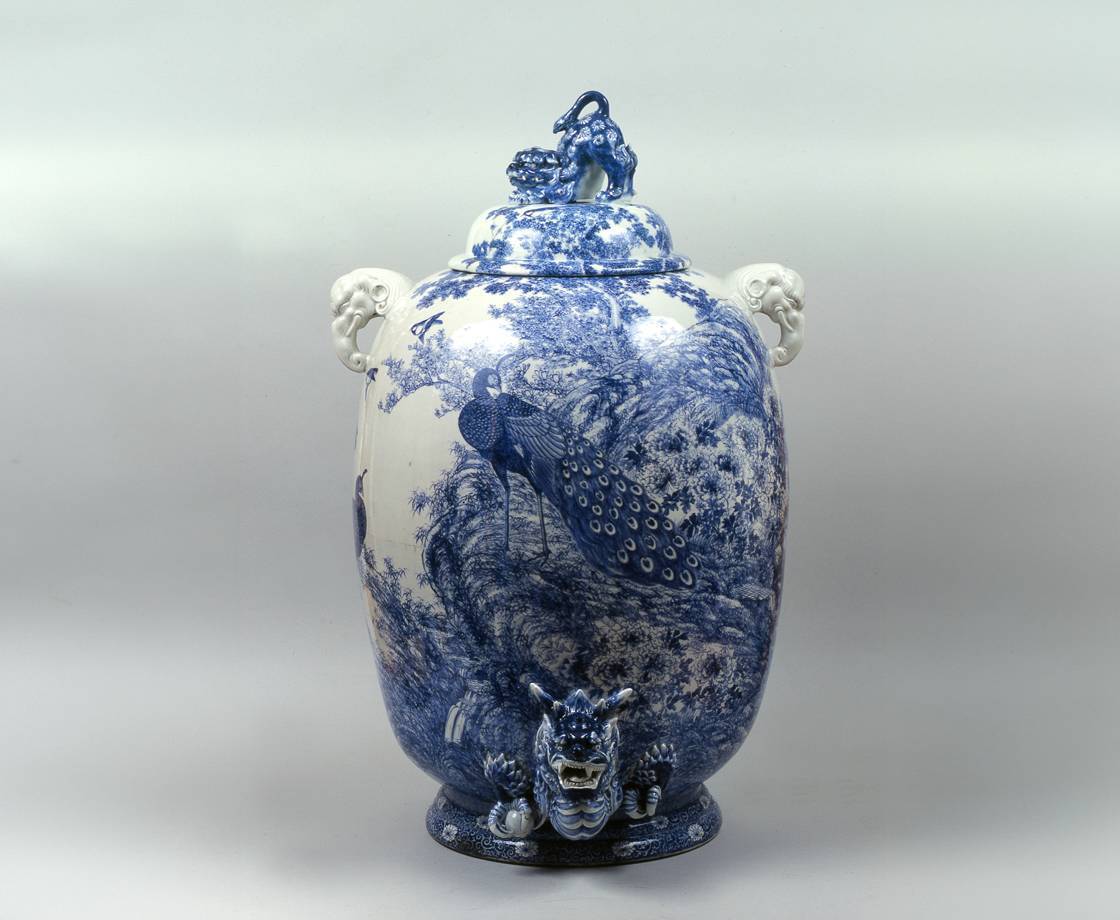
Echizen Ware
Like Seto ware, Echizen ware was first produced at the end of the Heian period (794-1185), but in the town of Echizen in modern-day Fukui Prefecture. Ceramics from Echizen are not decorated and are made with very simple shapes and textures.
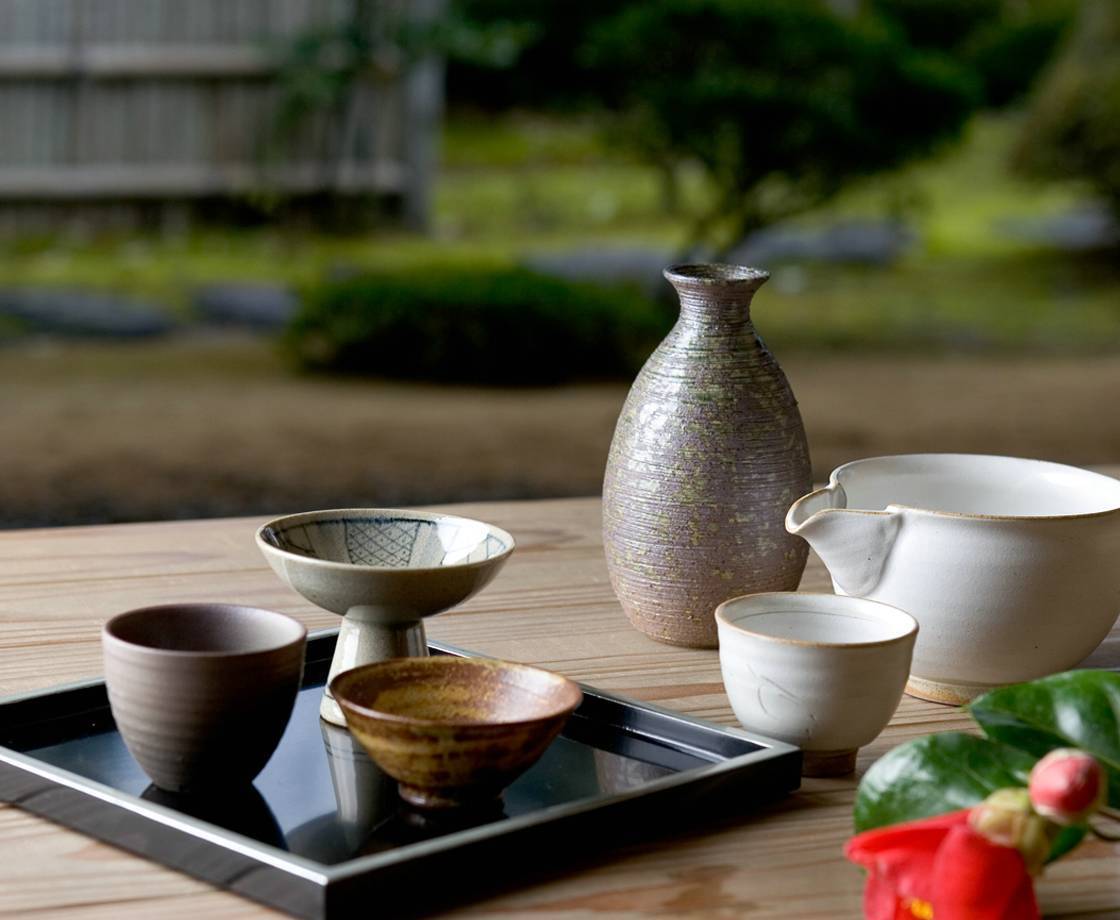
Tokoname Ware
With over 2,000 kilns in the late Heian period (794-1185), Tokoname ware was one of the most popular styles of ceramics. Located in Aichi Prefecture, Tokoname continues this traditional legacy. Tokoname ware was originally unglazed and made from clay with a high iron content, giving the pieces a signature reddish-brown color. Today, ceramicists also make glazed Tokoname ware in various colors.
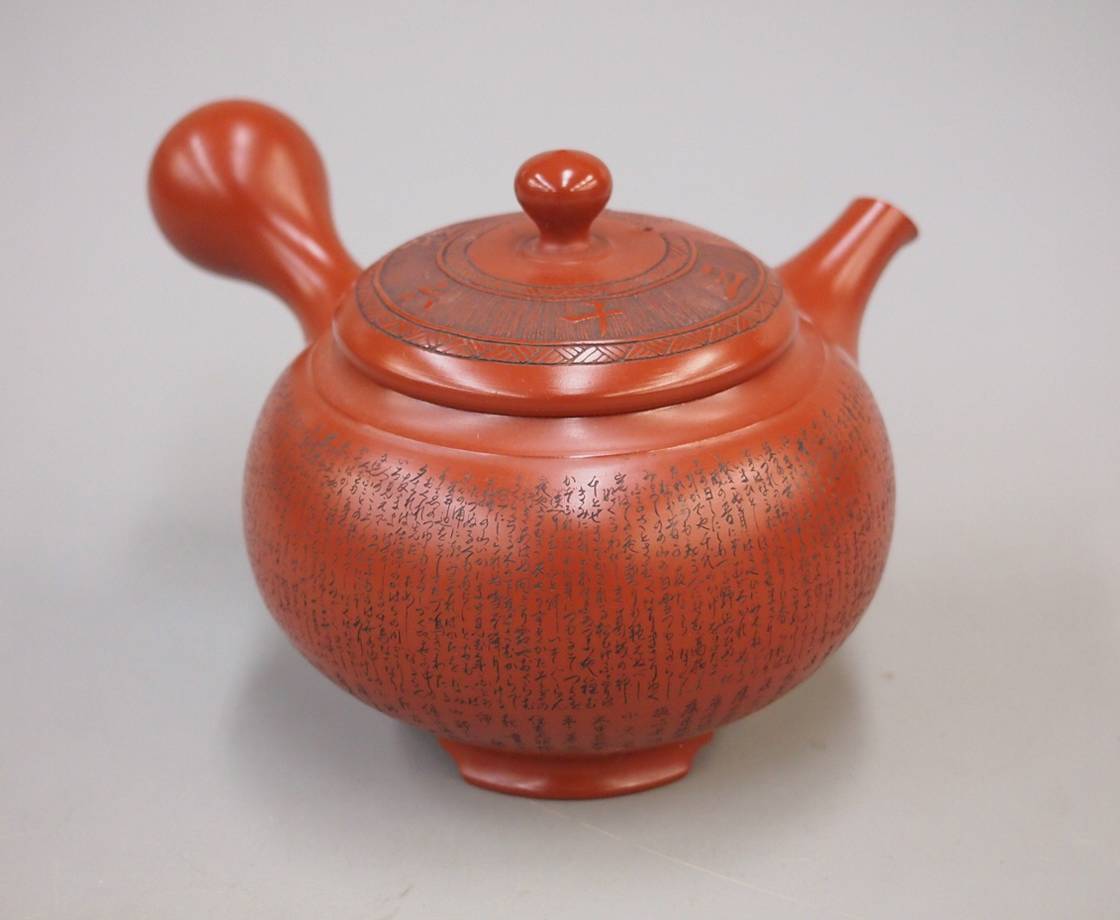
Nishio Matcha
Matcha is beloved the world over for its smooth taste and versatility. Since its origin as the favorite tea of thirteenth-century monks and nobles to its use in desserts today, matcha has enjoyed an undying popularity that shows no signs of fizzling out.
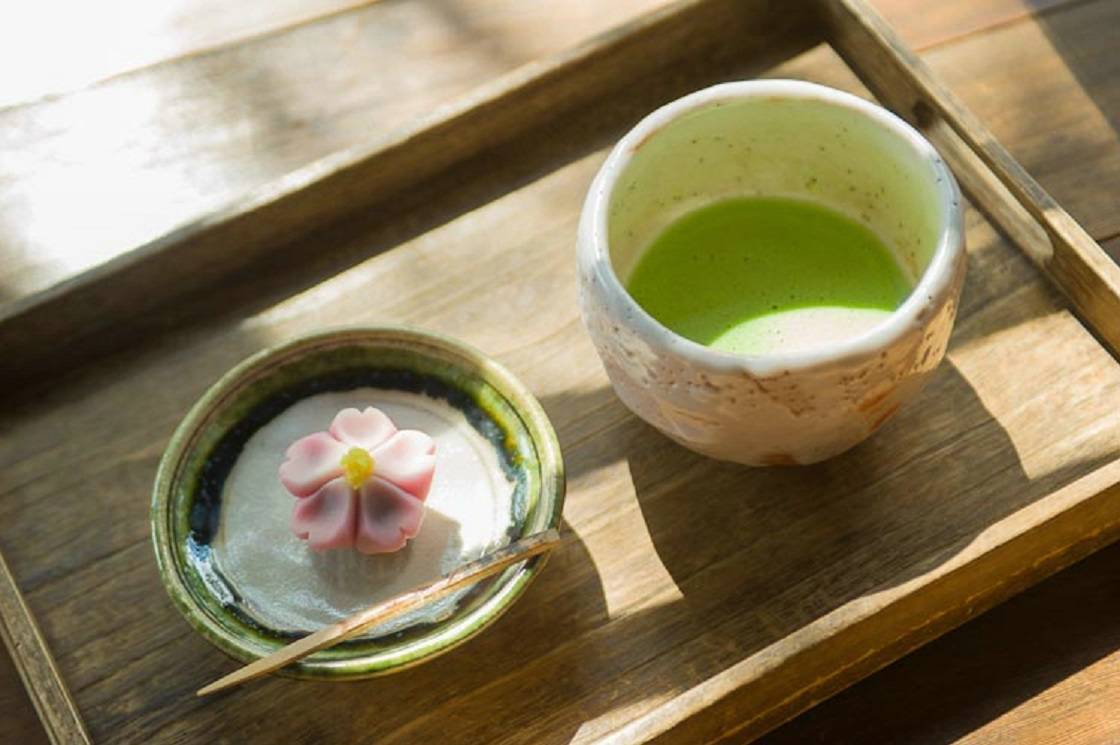
In the world of matcha production, Aichi Prefecture’s city of Nishio ranks among the most recognizable names. This one city produces 20% of all tencha tea leaves – the base ingredient of matcha – in Japan. The tea bushes are shaded by a large mesh tarp shortly before harvesting, giving the leaves their deep green color. The shading also suppresses tannins, which impart bitterness, and increases theanine, which is sweet. Once harvested, the tencha tea leaves are steamed, then dried. Finally, they are ground into a fine powder: matcha. In Nishio, each step in the production of matcha is performed locally; this sets the city’s matcha apart from other famous matcha brands like Uji and Shizuoka, where production is spread across different regions.
You can get a closer look at matcha production in Nishio at the Matcha Museum Waku Waku. The museum offers a guided tour through displays tracing the production of matcha, as well as interactive activities such as grinding your own matcha powder, tasting freshly brewed matcha, and enjoying a simple tea ceremony.
Wakasa Lacquered Chopsticks
The sea is very important to residents of Obama, a city in Fukui Prefecture situated in Wakasa Bay in the Sea of Japan. The city’s strong connection to the sea is reflected in Wakasa lacquered chopsticks, which are inlaid with seashell and eggshell to create gorgeous utensils with undersea motifs. Wakasa lacquered chopsticks are overwhelmingly popular, and they make up over 80% of all lacquered chopstick production in Japan. If you own a pair of lacquered chopsticks, there is a high chance they are traditional Wakasa chopsticks.
Wakasa lacquered chopsticks were first recognized by Sakai Tadakazu (1587 – 1662) in 1634 while he was daimyo of the Obama Domain, which included Wakasa Province. Wakasa lacquering was treasured by the Sakai family and its production was officially decreed a trade secret. The chopsticks exploded in popularity towards the end of the Edo period (1603-1867), when new innovations produced a total of over 200 Wakasa lacquering techniques.
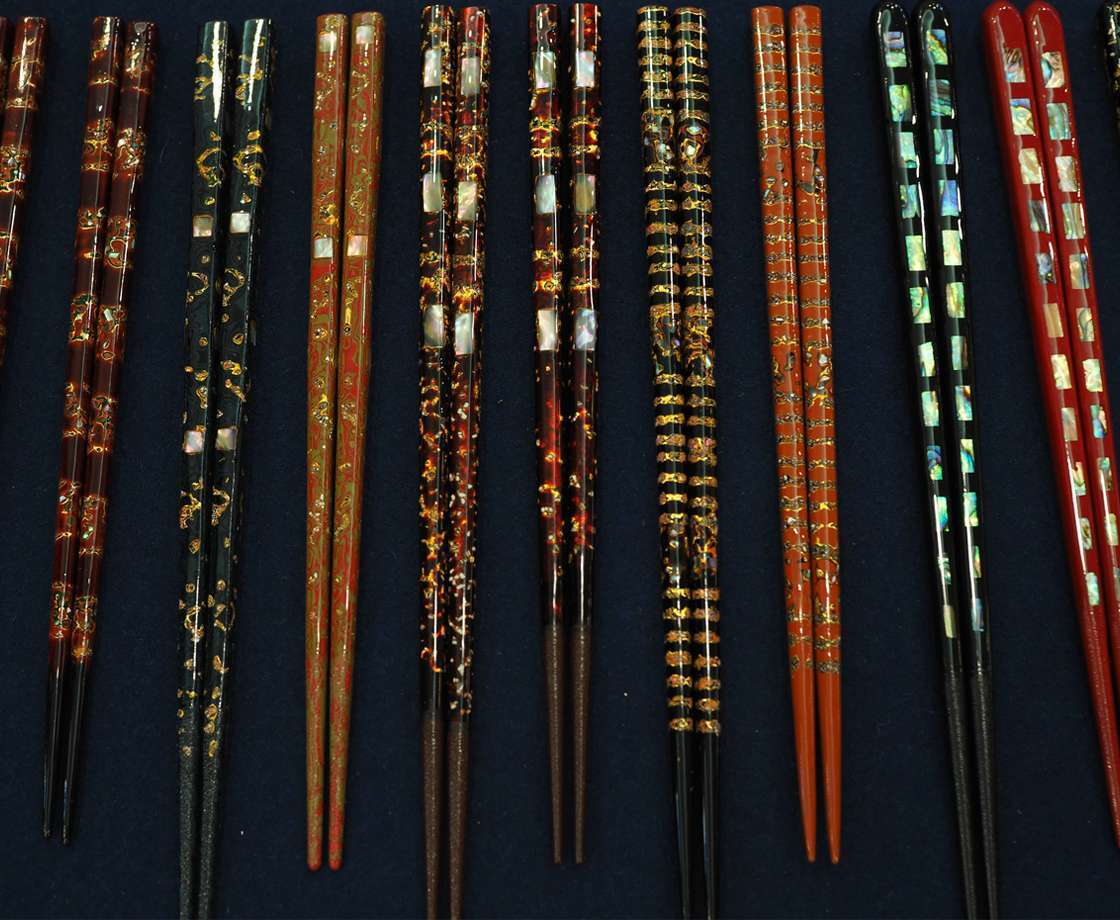
In Obama, get your own pair of Wakasa lacquered chopsticks at Hashi no Furusato Kan Wakasa. The shop produces a wide array of lacquered chopsticks and has around 3,000 styles on display for purchase. Make your own pair of chopsticks as a special memento at one of the various Wakasa lacquer workshops throughout Obama!
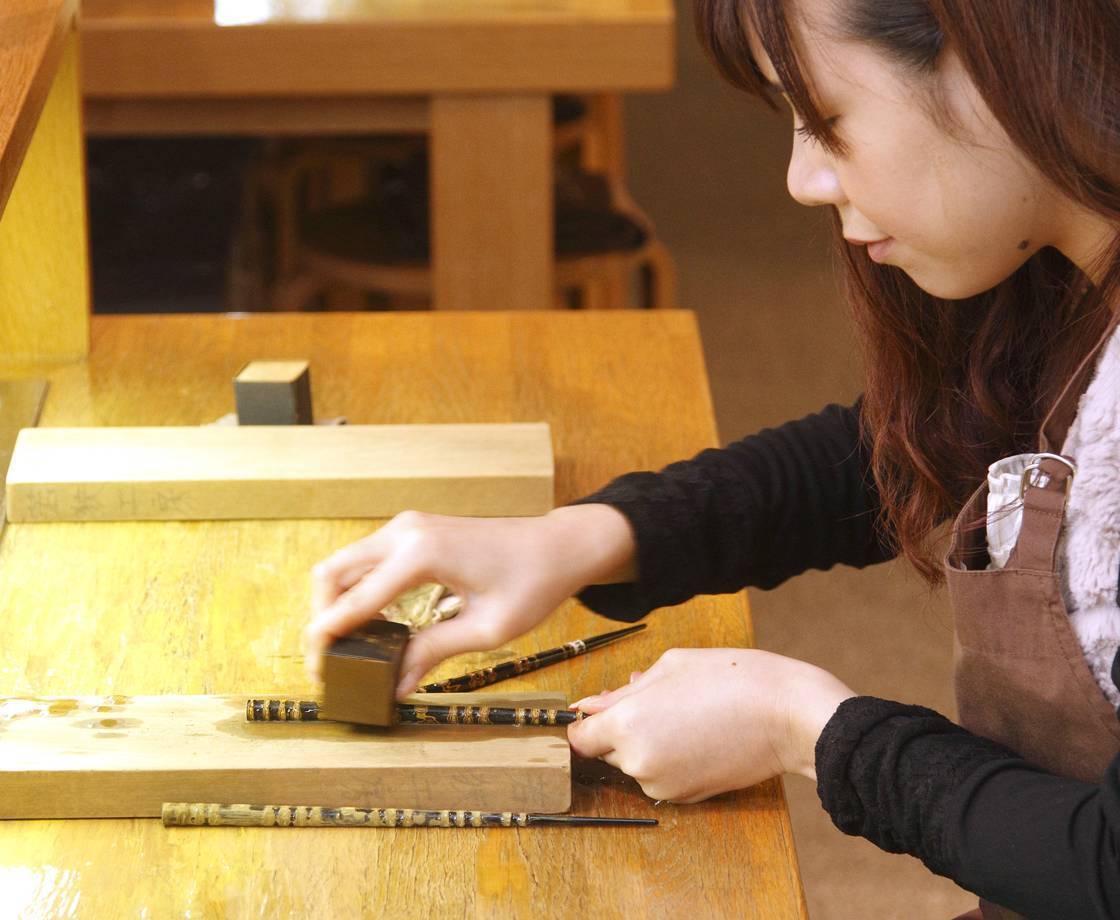
Daffodils along the Echizen Coast
Any introduction of Chubu-region highlights would be remiss not to mention its spectacular natural landscapes. Take, for example, the idyllic views of the Echizen coast along the Sea of Japan, where thousands of daffodils burst into bloom between December and January.
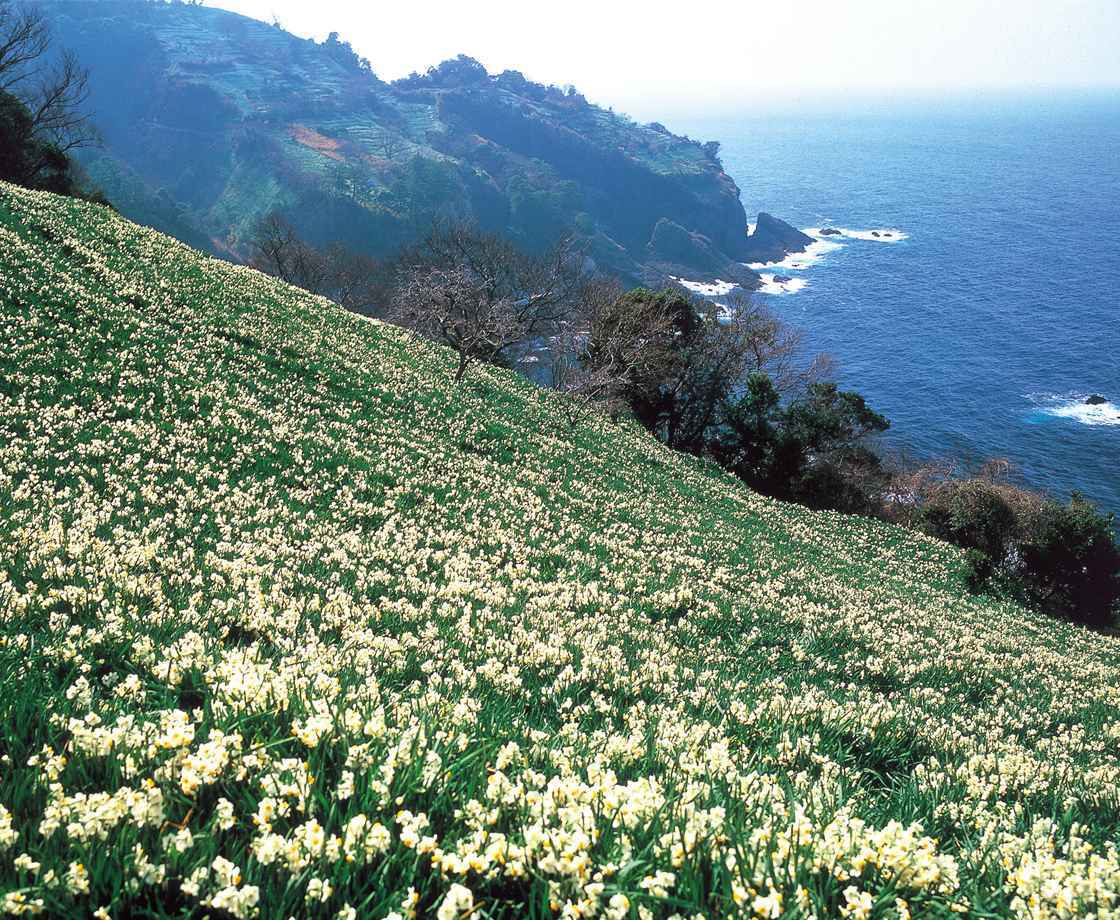
The daffodils cover an area of 60 to 70 hectares, making this the largest daffodil field in Japan. It includes the Nashigadaira Gardens, where daffodils grow in unusual terraced fields. Flowers also envelop nearby Suisen Land (suisen is the Japanese name for daffodil), where descending fields of daffodils lead to an information center. Modeled after ancient Greek temples, the center has exhibits about the daffodils and a lounge where you can rest.
The Echizen coast’s impressive daffodil array is one of a kind. Overlooking the Sea of Japan as daffodils sway in the wind, blanketing the sloping coastal cliffs is a truly unparalleled sight.
Kaga Traditional Handicrafts Village Yunokuni no Mori
With so many interactive workshops in the Chubu region, visitors may struggle to pick among the many options. If so, Kaga Traditional Handicrafts Village Yunokuni no Mori may be the perfect destination. Found in the forest just outside of Kaga in Ishikawa Prefecture, Yunokuni no Mori is a cluster of 17 traditional Japanese houses that function as shops and workshops for 50 different types of crafts.
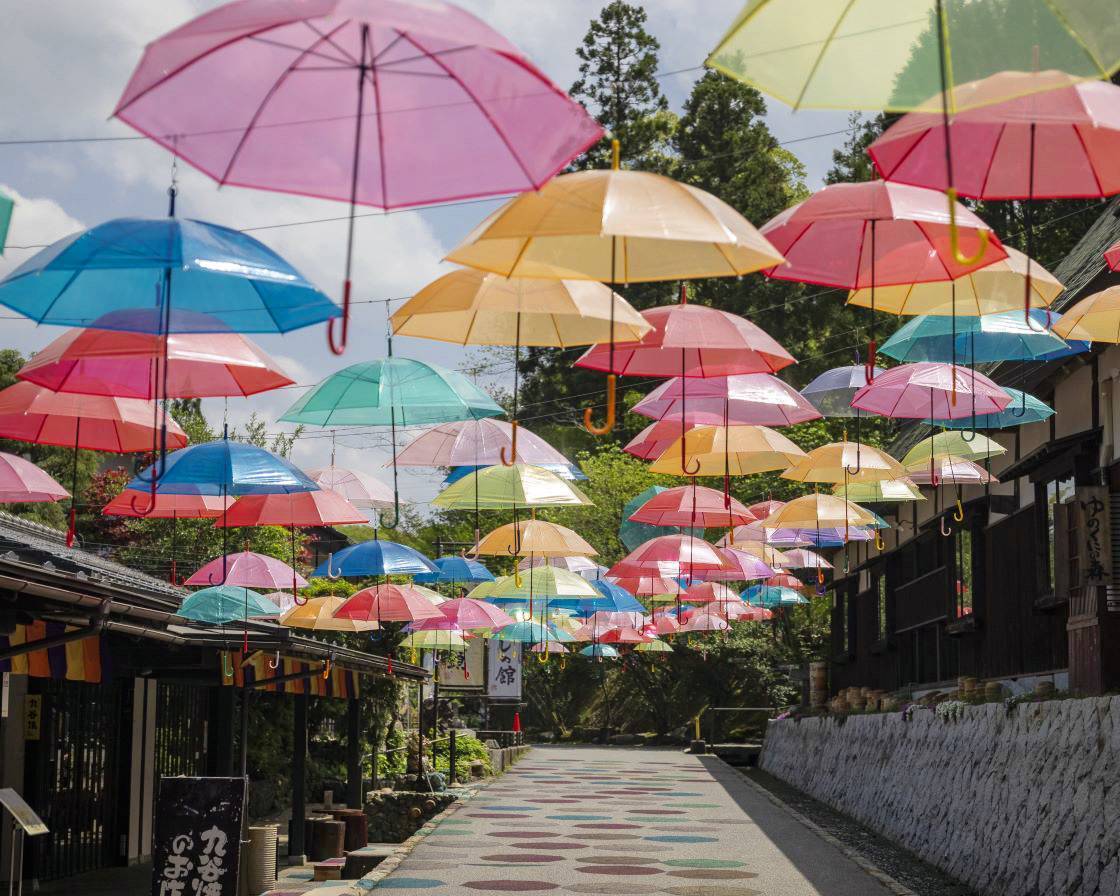
Workshops include glassblowing and making custom music boxes, and even range to prestigious traditional crafts like decorating with gold leaf and Yuzen dyeing, a resist-dyeing technique known for its intricate, multi-colored patterns. Between March and November, Yunokuni no Mori hosts the Umbrella Sky event, in which they string colorful umbrellas between the workshops to create a vibrant, fanciful atmosphere that has become a popular photo spot. Whatever you may be looking for, Yunokuni no Mori is sure to have something you will remember.
Visiting Chubu and Hokuriku
The Chubu and Hokuriku regions continue to keep some of Japan’s most precious traditions alive. They offer countless opportunities for visitors, from thriving industries and handicrafts to hidden gems. The highlights mentioned here are only some of the many activities waiting for you in central Japan. Experience the region’s dynamic heritage firsthand and leave your own mark on its continuing legacy.
